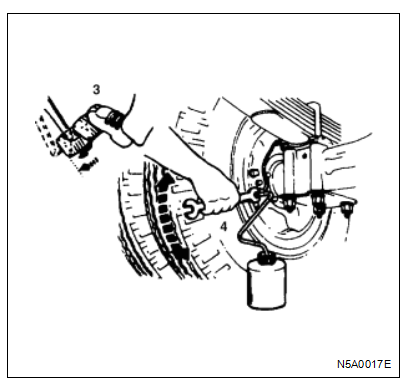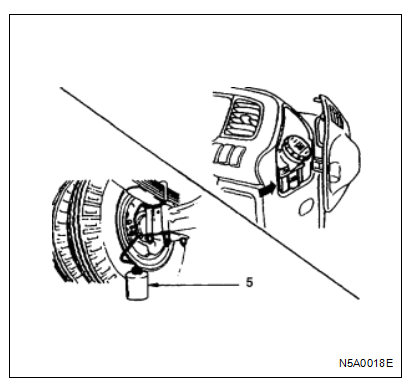Air in the brake hydraulic circuit can dangerously reduce braking effectiveness. If the brake fluid level in the reservoir has been too low or if a brake line has been disconnected during maintenance, the brake hydraulic circuit must be bled. This procedure requires two people.
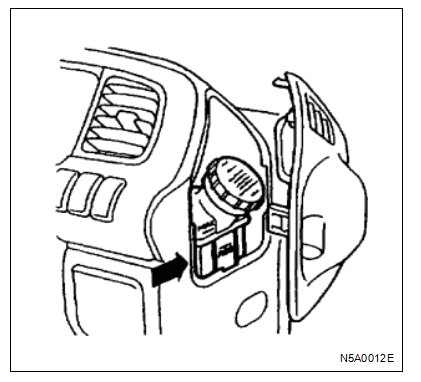
Brake Bleeding Procedure
Bleeding Order
- LHD Vehicles:
- Left rear wheel (vehicles with ABS)
- Right rear wheel
- DSPV or LSPV (if equipped)
- Right front wheel
- Left front wheel
- RHD Vehicles:
- Left rear wheel (vehicles with ABS)
- Right rear wheel
- DSPV or LSPV (if equipped)
- Left front wheel
- Right front wheel
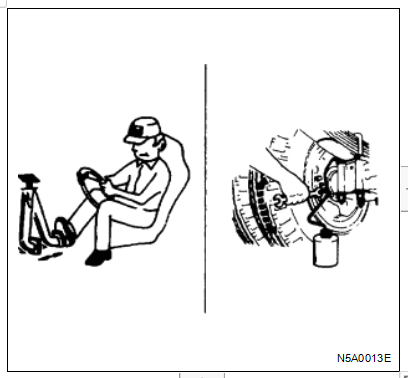
Steps to Bleed the Brakes
- Preparation:
- Ensure the maintenance area is well-ventilated.
- Firmly apply the parking brake.
- Start the engine and run it until sufficient vacuum is built up.
Note: Bleeding with the engine running affects the brake booster performance.
- ABS Vehicles:
- Remove the ABS fuse (60 A) from the fuse box before bleeding. This prevents air from remaining in the ABS unit, which could damage it.
- After bleeding, reinstall the ABS fuse.
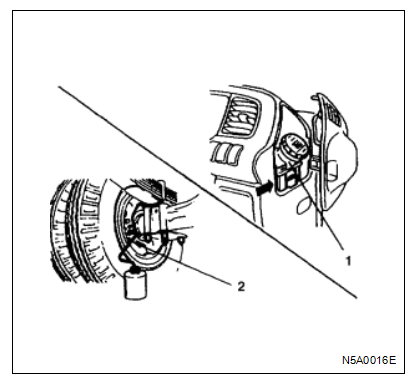
- Fill Brake Fluid:
- Fill the brake fluid reservoir with clean brake fluid up to the “MAX” level.
- Refill the reservoir as needed during the bleeding process to maintain the required fluid level.
- Bleed the Right Rear Wheel:
- Remove the rubber cap from the bleed screw and clean it.
- Connect one end of a vinyl hose to the bleed screw.
- Place the other end of the hose into a clear container filled one-third with brake fluid.
- Slowly depress the brake pedal three times and hold it down.
- Loosen the bleeder screw about half a turn to allow air bubbles to escape into the container.
- Retighten the bleeder screw once no air bubbles are visible.
- Slowly release the brake pedal.
- Replace the rubber cap on the bleed screw.
- Repeat Steps:
- Repeat steps 3 to 10 for each wheel following the specified order.
- For front wheels, perform the bleeding at least 10 times.
- For rear wheels, perform the bleeding at least 15 times.
- Check Fluid Levels:
- After each wheel is bled, check the fluid level in the reservoir tank and add fluid if necessary (do not exceed the “MAX” level).
- Finish:
- Stop the engine and ensure the braking system operates normally by depressing the brake pedal.
Related Content
- ISUZU IDSS MX2-T Diagnostic Adapter System Support: G-IDSS/US-IDSS/E-IDSS
- ISUZU G-IDSS Truck Diagnostic Software Download (04.2024)
- ISUZU E-IDSS Diagnostic Software Download and Installation Service (04.2023)
